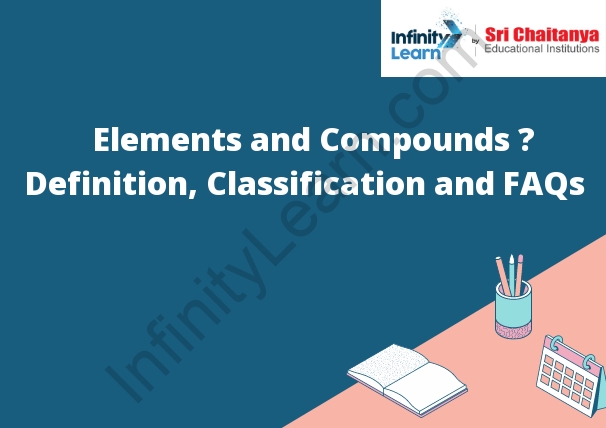Table of Contents
Classification of Matter
There are three states of matter: solid, liquid, and gas.
- Solid matter is held together by forces that keep the atoms in a fixed position. In a solid, the atoms are close together and vibrate in place.
- Liquid matter is held together by forces that allow the atoms to move past one another. In a liquid, the atoms are farther apart than in a solid and they move around.
- Gas matter is held together by forces that allow the atoms to move freely. In a gas, the atoms are the farthest apart and they move around quickly.

What is an Element?
An element is a substance that cannot be broken down into any other substances by chemical means. Elements are the building blocks of matter and can found in everything from the air we breathe to the food we eat. There are 118 elements that have identified by scientists, but only a handful found in significant quantities on Earth.
Commonly Used Symbols of Elements
There are a variety of symbols that used to represent the elements. Some of the most common symbols include:
- The symbol for helium is He
- symbol for oxygen is O
- The symbol for nitrogen is N
- symbol for carbon is C
- The symbol for phosphorus is P
- symbol for sulfur is S
Classification of Elements
The elements are classified into three categories: metals, nonmetals, and metalloids.
- Metals are shiny and good conductors of electricity. They found on the left side of the periodic table. Examples of metals are silver, gold, and copper.
- Nonmetals are dull and poor conductors of electricity. They found on the right side of the periodic table. Examples of nonmetals are oxygen and carbon.
- Metalloids have some properties of metals and some properties of nonmetals. They found in the middle of the periodic table. Examples of metalloids are silicon and arsenic.
What are Compounds?
A compound a substance composed of two or more elements that chemically bonded.
Molecular Formulae of Some Commonly Used Compounds
Compound Molecular Formula Methane CH 4 Ethane C 2 H 6 Propane C 3 H 8 Butane C 4 H 10 Pentane C 5 H 12 Hexane C 6 H 14 Heptane C 7 H 16 Octane C 8 H 18 Nonane C 9 H 20 Decane C 10 H 22
The molecular formula of a compound is a concise way of representing the types and numbers of atoms in a molecule of that compound.
Classification of Compounds
Organic Compounds
An organic compound is a molecule that contains carbon. Carbon atoms can form very long chains and rings, and these chains and rings can be bonded to other elements such as hydrogen, oxygen, nitrogen, and sulfur.
Inorganic Compounds
An inorganic compound is a molecule that does not contain carbon. It can very complex, and can composed of elements such as hydrogen, oxygen, nitrogen, phosphorus, and sulfur.
About the Chapter
This chapter covers the basics of the Linux filesystem, starting with an overview of the Linux file system layout. You will learn how to navigate the file system, view and edit files, and use the shell to execute commands.
Key Concepts Needed to Understand Elements and Compounds
- Elements are the simplest form of matter. They made up of atoms and cannot broken down into any other substances. Atoms are the smallest particle of an element that has the chemical properties of that element.
- Compounds substances made up of two or more elements that chemically bonded together. The atoms in a compound held together by chemical bonds.








